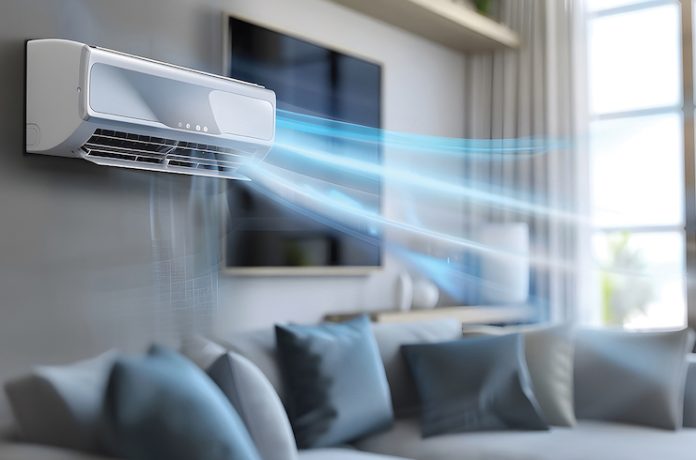
The pandemic effectively increased sanitization awareness in the hospitality industry, with guests becoming more attuned to antivirus, antimicrobial, and hypoallergenic treatments and features in their lodging spaces. One example is air filtration. “People always knew that better air quality must be better for you, but they didn’t really understand filtration. And now, since COVID, they understand the importance of that more,” observed Haley Payne, head of commercial, Pure Wellness. The company offers hotel air purifiers as part of a patented seven-step process to remove airborne and surface contaminants.
Improved air quality helps all guests—not just those with dust allergies or respiratory problems—to feel and sleep better. As such, air purification is a key to promoting wellness, and the systems are now more effective than ever, Payne noted. She cited that technology among four evolutions in hotel industry wellness methods:
1Air Purification in Guestrooms
Any level of air filtration is better than none, but hoteliers may want to consider the latest, most powerful options on the market. DFS (Disinfecting Filtration System) technology, for example, enhances filtration efficiency and extends filter life, achieving a remarkable 99.97 percent efficiency at 0.3 microns. Pure Wellness utilizes a Healthway unit that features a DFS.
2Water Filtration and Vitamin C & E Supplement
This innovation effectively removes hard minerals, chlorine, and fluorine. Vitamin C, Vitamin E, and activated carbon work together to stimulate collagen production, revitalize the scalp, and promote cellular renewal.
3Allergy-Friendly Mattress Encasements
The leading indoor irritant is dust and dust mite excrement. To ensure a restful night’s sleep for guests with these allergies, a proper mattress encasement is essential. By using a breathable encasement with pores small enough to block dust and dust mites, hoteliers can provide a safer and more comfortable sleep experience.
4Sanitary Check-In Procedures
These include keycards equipped with antimicrobial layer technology, which inhibits up to 99.9 percent of germ, virus, and bacteria regeneration; remote check-in and key access via the guest’s cellphone; and contactless check-in kiosks featuring antimicrobial touchscreens and ultraviolet lights to eliminate bacteria and viruses.
The first three technologies can be part of a “wellness rooms” offering, Payne suggested. “The hotel takes a percentage of its inventory, say a floor or two, and make them wellness floors, charging a modest premium for those rooms,” she explained. In this way, hotels that lack a spa or other wellness amenities can have a “wellness footprint” and bring in added revenue from travelers who look for those offerings.











